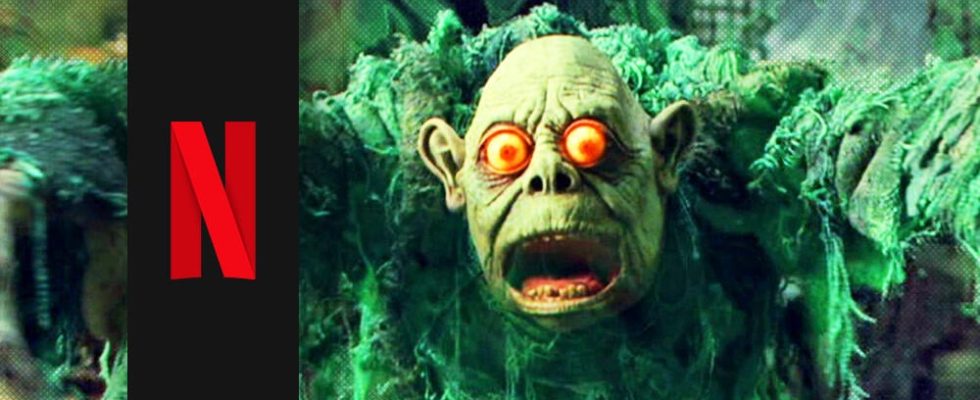Since 1969, the talking mastiff Scooby-Doo has been experiencing one horrifying adventure after another together with the members of Mystery AG, but for a long time only in animated form. It wasn’t until the early 2000s that Scooby-Doo made it Jump to the cinema and real film metier. However, the result was not well received.
Both Scooby-Doo (2002) and the sequel Scooby-Doo 2: The Monsters Are Losing (2004) failed to convince audiences and critics alike. Even though the films did relatively well at the box office, they didn’t make it into the Pop culture canon done. However, they must not be forgotten.
Fantasy horror on Netflix: The Scooby-Doo movies are underrated (and could be a lot better)
You can currently stream the Scooby-Doo films on Netflix and take a new look at them. I did the same the other day and was very surprised at how good they really are. Starting with the great slapstick moments to the playful design of the monsters: there is a lot to discover here.
You can watch the trailer for Scooby-Doo here:
Scooby-Doo – Trailer (German)
A special highlight: the screenplays written by James Gunn. Although Gunn has said several times in the past that we never saw the R-rated version of Scooby-Doo that he originally envisioned, in the finished films, there’s hiding between the lines some unruly ideas. In another universe, the films might have come out at FSK 16 or FSK 18.
Biting dialogue here, double-edged joke there – not to mention various spooky bits: If you look closely at the Scooby-Doo films, you can clearly see what Gunn actually intended to do with the brand. Deeply anchored in the screenplays are two films with what it takes depraved horror comedy. The current versions are nevertheless not to be underestimated in their individuality.
*. .
